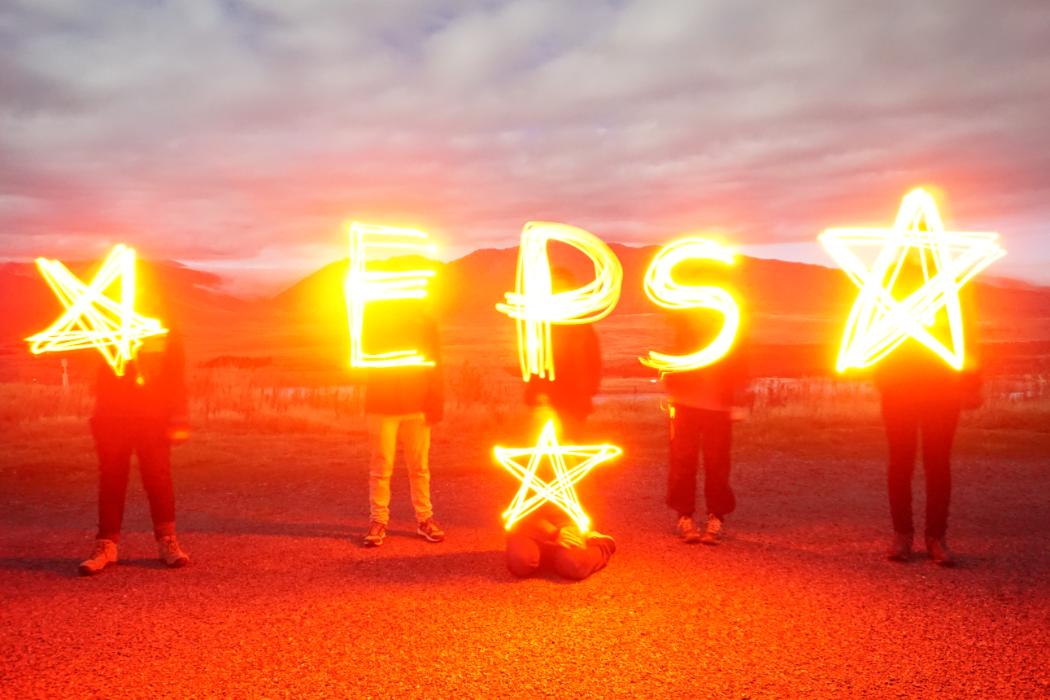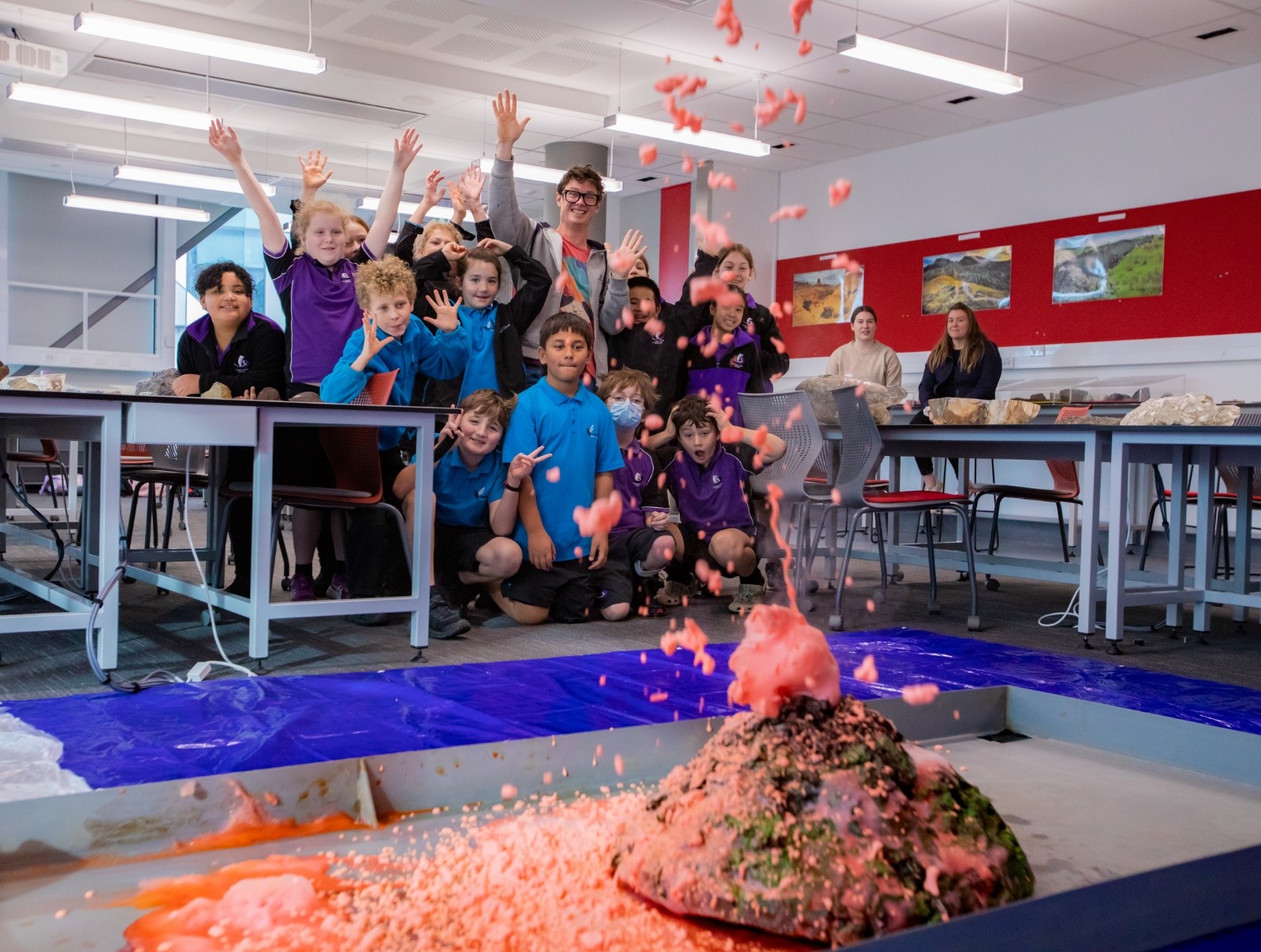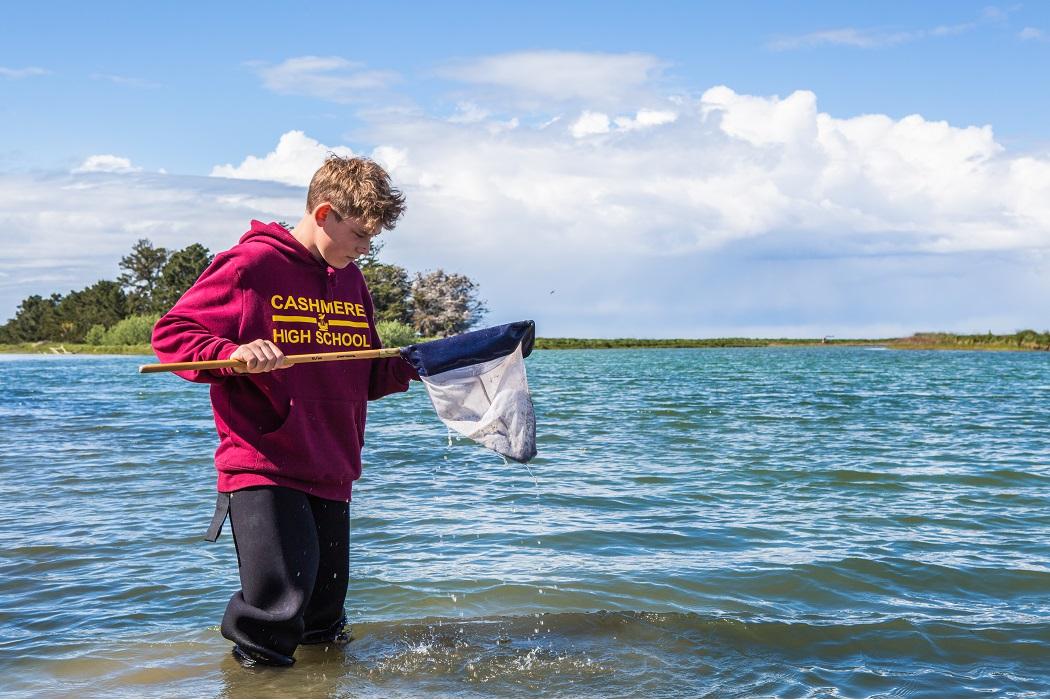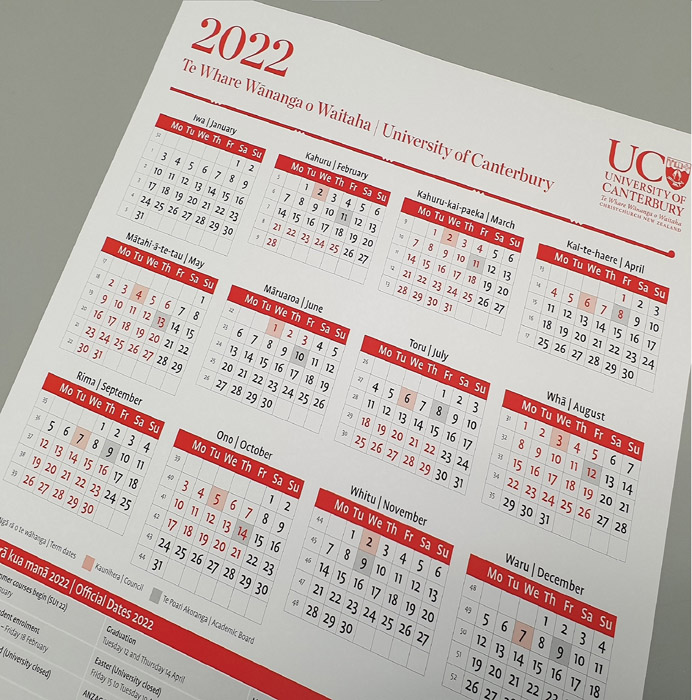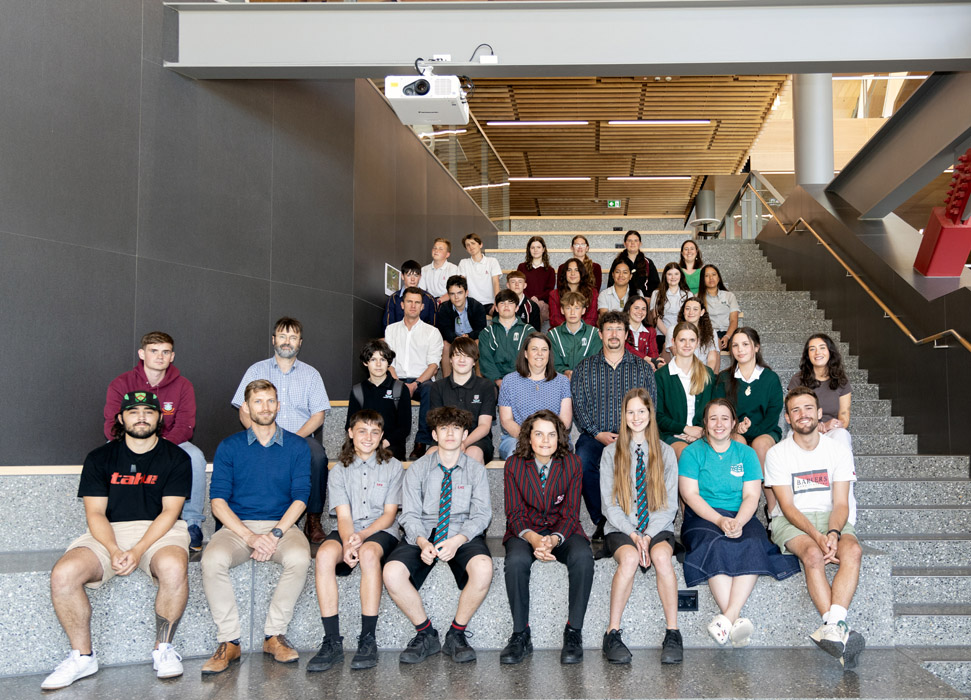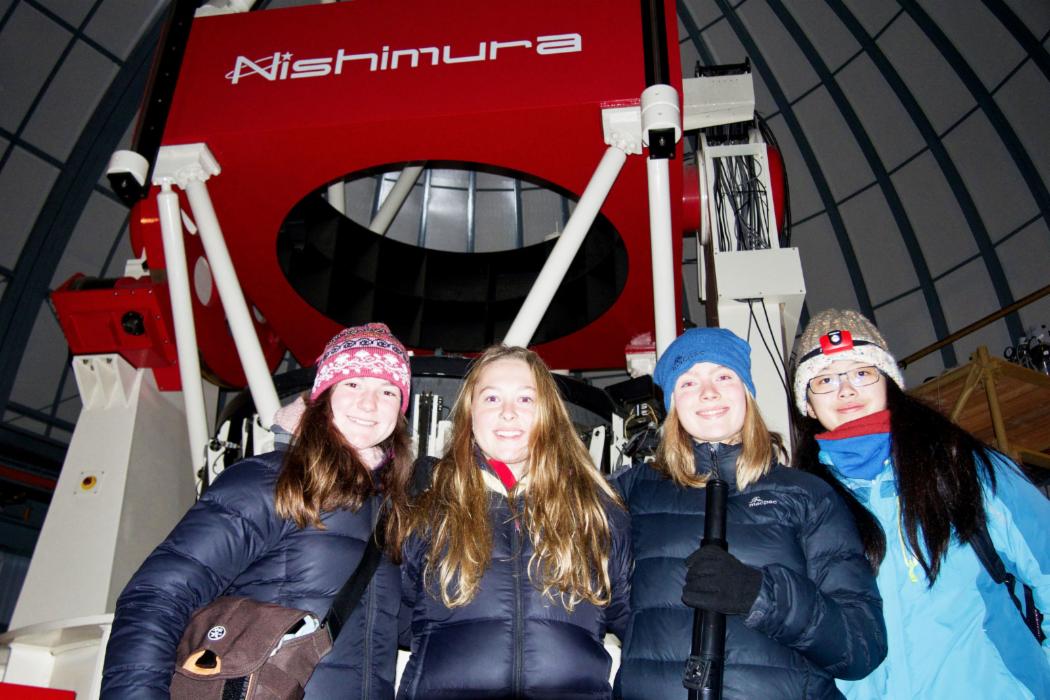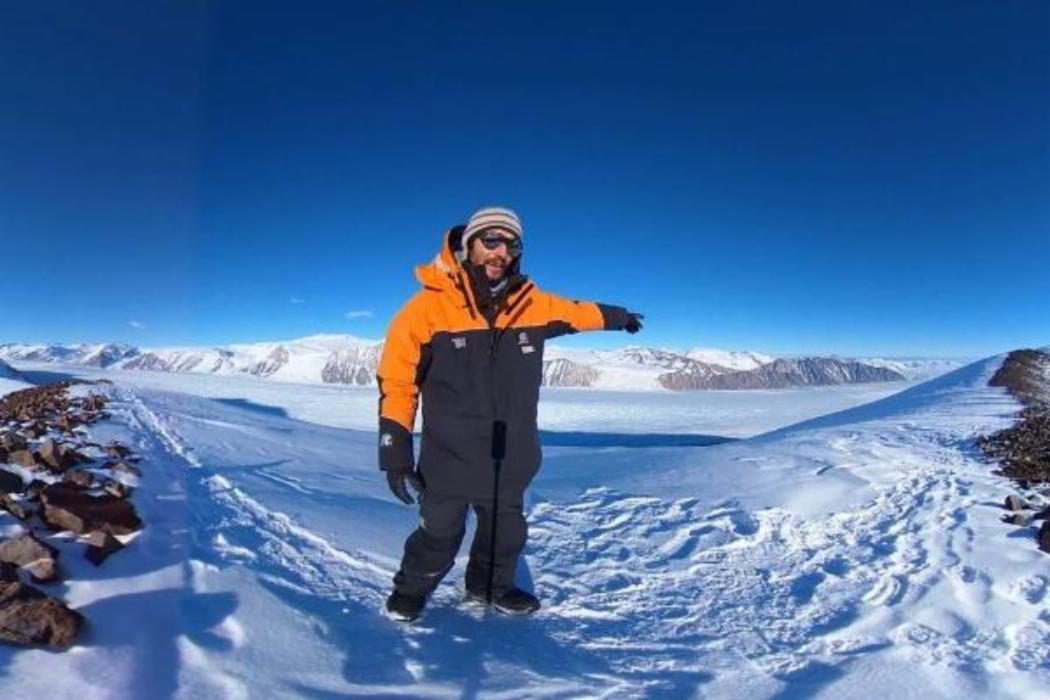The science outreach programme at UC is all about inspiring and supporting future scientists, problem solvers and innovators. Together with teachers and scientists we’re working to enhance science education within schools, give students real world experiences beyond the classroom, and show them the exciting career opportunities on offer in science.
Community Involvement
UC Science news and events
UC Science Blog
The latest from the University of Canterbury's science labs, field stations and beyond, featuring research insights, expert commentary, outreach updates and more.


